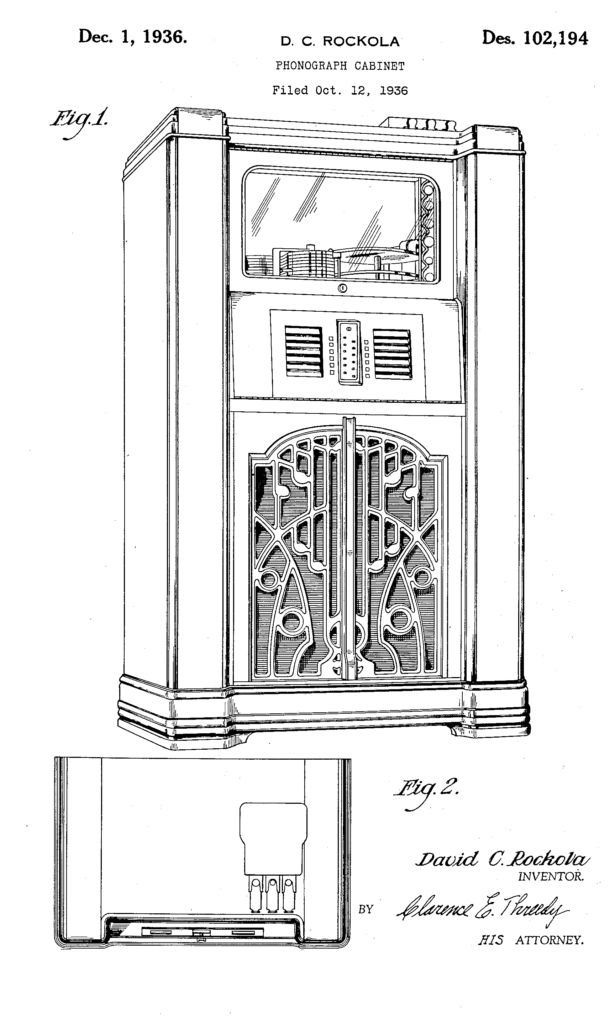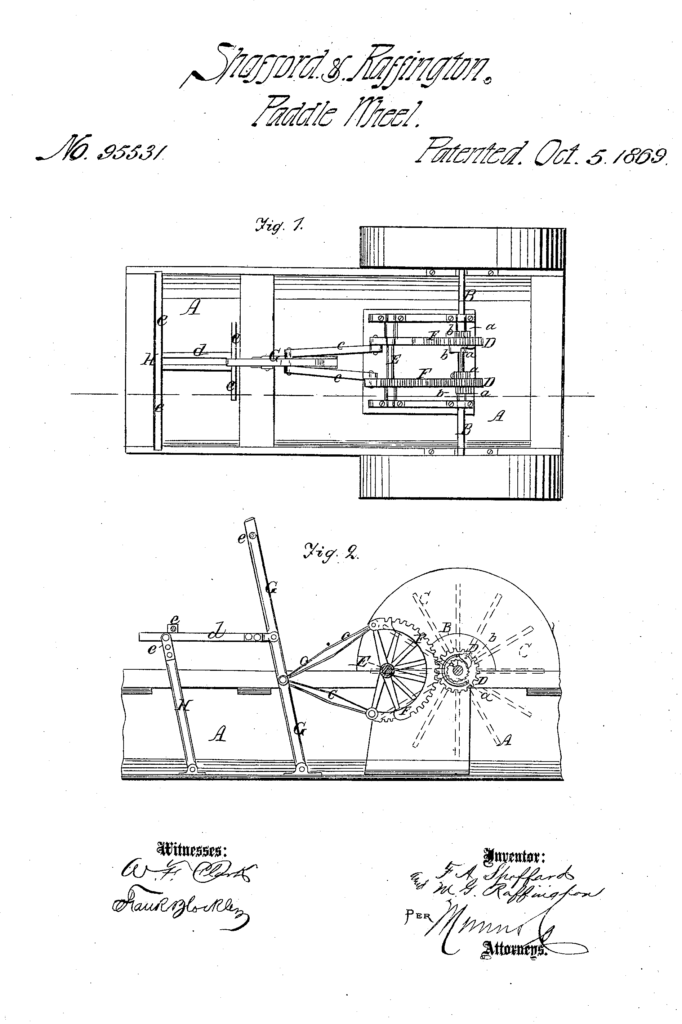Before modern sensibilities, Christopher Columbus’ achievement in sailing across the Atlantic Ocean in 1492 was celebrated, including in the U.S. Patent Collection. U.S. Patent No. 21448 was issued on a design for a Buckle (with the image of Christopher Columbus):
U.S. Patent No. D21573 issued on a Badge featuring the image of Christopher Columbus:
U.S. Patent No. D221,221 issued on a Spoon featuring Columbus’ ship:

U.S. Patent No. D21255 on the design of a Medal featuring the image of Christopher Columbus:
U.S. Patent No. 418455 issued on an Educational Globe that tracks that voyage of Columbus.








































